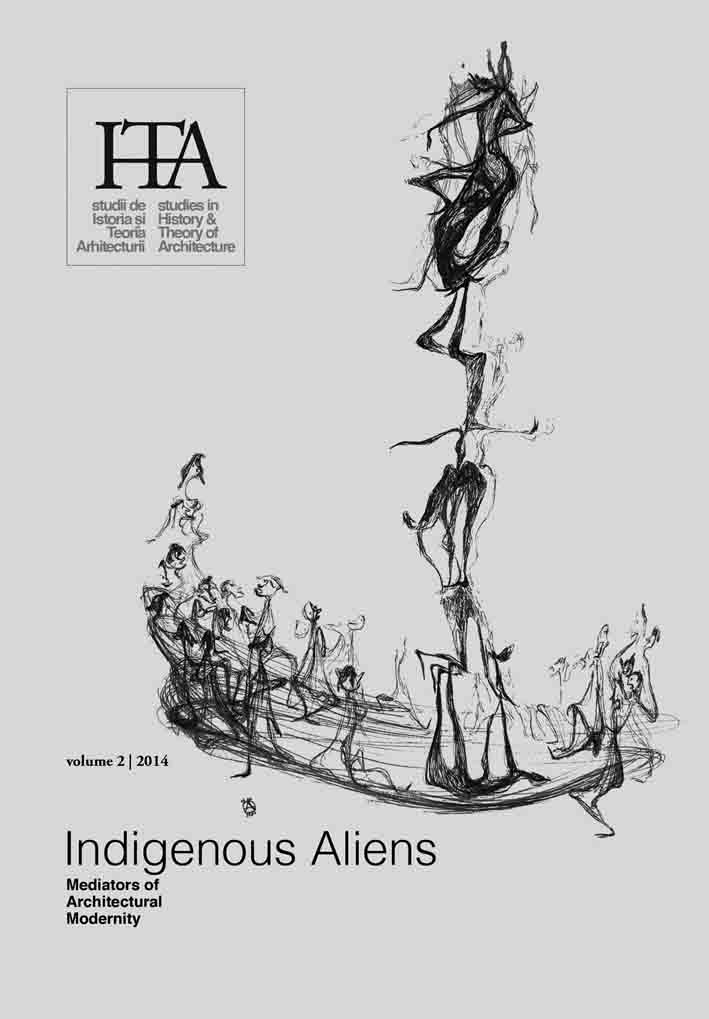Architect Florea Stănculescu or On Modernism in the Romanian Interwar. Architecture as Negotiation Between Genius Loci and Zeitgeist
Architect Florea Stănculescu or On Modernism in the Romanian Interwar. Architecture as Negotiation Between Genius Loci and Zeitgeist
Author(s): Gabriela TabacuSubject(s): Architecture
Published by: Universitatea de Arhitectură şi Urbanism »Ion Mincu«
Keywords: arch. Florea Stănculescu; Romanian modernism; interwar architecture; interwar architecture magazines; traditionalism versus modernism
Summary/Abstract: The connections between the Romanian cultural space and the spirit of modernism that animates the first part of the 20th century have been varied, heterogenous and sometimes even hard to distinguish, engendered very different ideas and methods of approach. Following the same pattern somehow lacking internal support, the local architects seek to unravel the sense of modernity in very particular manners and their achievments shed light onto a stylistic landscape that shows great richness and creativity. In this context the architect Florea Stanculescu, an articulated personality known for his seriousness and profoundness, proves to be a very active and vocal supporter of the new ideas animating the professional field after the First World War. Both through his theoretical discourse and his tectonic approach, he suggests ways to push the local stylistic (already outdated at the beginning of the 20th century) towards new horizons of modernism. Unlike his contemporaries (of which most are silent, some are revolting against the new and a few are raging against the old), Florea Stanculescu understands the imminence of change and the need for progress. He does this, however, with caution and delicacy, but also unrelentlessly. His achievments are solid and thorough. The present research is aimed at uncovering the way an architect profoundly attached to the values of the traditional Romanian village, succeeded to be at the same time an authentic and effective supporter of modernism (even if only of a particular type of modernism, adapted to the historical and cultural moment of the area he was addressing).
Journal: sITA – studii de Istoria şi Teoria Arhitecturii
- Issue Year: 2014
- Issue No: 2
- Page Range: 52-76
- Page Count: 25
- Language: English

